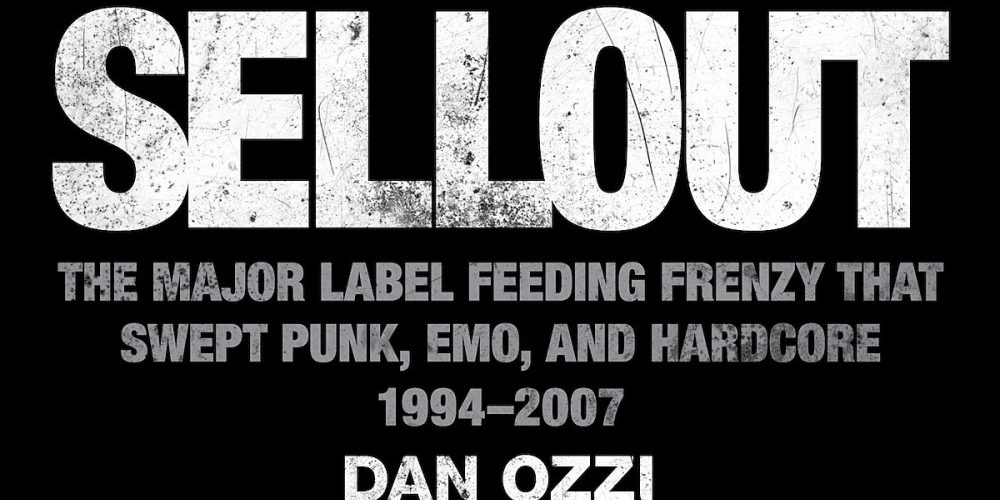Dan Ozzi releasing new book ‘SELLOUT’ on 11 punk bands’ major label debuts
Music writer and author Dan Ozzi has just announced his second book, following the Laura Jane Grace (of Against Me!) autobiography that he co-authored in 2016. The new book is called SELLOUT: The Major Label Feeding Frenzy That Swept Punk, Emo, and Hardcore (1994-2007), and it tells the story of the punk scene’s mainstream explosion by looking back on major label debuts by eleven iconic punk bands: Green Day, Jawbreaker, Jimmy Eat World, blink-182, At the Drive In, The Donnas, Thursday, The Distillers, My Chemical Romance, Rise Against, and Against Me!. The synopsis reads:
From its inception, punk music has been identified by two factors: its proximity to “authenticity,” and its reliance on an antiestablishment ethos. Yet, in the mid- to late ’90s, major record labels sought to capitalize on punk’s rebellious undertones, leading to a schism in the scene: to accept the cash flow of the majors, or stick to indie cred?
Sellout chronicles the evolution of the punk scene during this era, focusing on prominent bands as they experienced the last “gold rush” of the music industry. Celebrated music writer Dan Ozzi follows the rise of successful bands like Green Day and Jimmy Eat World, as well as the implosion of groups like Jawbreaker and At the Drive-In, who buckled under the pressure of their striving labels. Featuring original interviews and personal stories from members of eleven of modern punk’s most (in)famous bands, Sellout is the history of the evolution of the music industry, and a punk rock lover’s guide to the chaotic darlings of the post-grunge era.
The book arrives October 26 via HMH Books & Media. You can pre-order it from Dan’s site.
For even more of an idea of what to expect, Dan wrote about the book on his Substack, which reads in part:
I wrote a book called SELLOUT because that word pretty much defined the era of music I grew up in. This was when there was still money in the music industry—the kind of money people were literally swimming in. And after Nirvana’s Nevermind changed national music tastes overnight, major labels went looking for indie rock’s next big thing. They found it in 1994 with Green Day’s Dookie, which set A&R reps’ sights on punk. From there, interest shifted to whatever subgenre of punk became popular over that decade—emo, hardcore, even ska.
As bands took major label money, though, a backlash started to build. Defenders of the underground grew protective over their scene, sometimes even violently so. Bands were banned from playing clubs like Gilman St., torn apart on the pages of fanzines, and lost devoted fans overnight, some of whom even protested outside their shows. Whether or not a band had gone to a major or stayed indie became the defining characteristic of how they were perceived by their peers. Punk’s great sellout divide fostered one of the most heated and antagonistic eras of rock history.
Dan also wrote about this topic in a 2015 article for Noisey, “Major Label Debut: Punk’s ‘Sell Out’ Albums Revisited,” which focuses on some of the same albums that the book does (as well as albums by Bad Religion, Drive Like Jehu, Jawbox, ALL, Less Than Jake, The Offspring, H2O, Rancid, AFI, Anti-Flag, and more).
